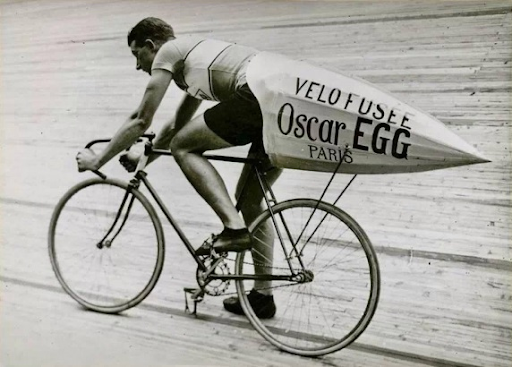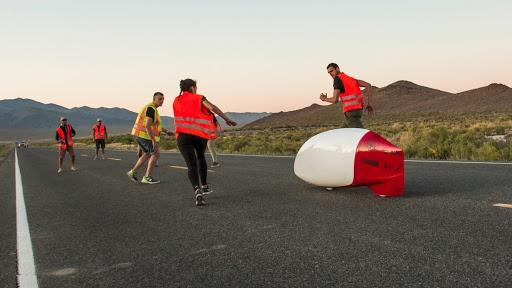Talking about monocoque
The term monocoque never goes out of style. It has even been called into question by Elon Musk during Tesla's Cybertruck presentation and is now widely used in many industries.
The term monocoque comes from the French, literally "single shell" and was originally introduced in the field of boats [1-3], then transferred to the first airplanes to finally land in the automotive world thanks to André Gustave Citroën [4,5]. In general, in any closed vehicle, a monocoque is a structural shell capable of responding to external loads through stresses that are generated on the external skin without the need for a chassis for this function. The more the shell is closed and made up of a single part (mono), the more effective it will be in its structural function, just as it happens for an egg shell (coque), so fragile as to shatter between the fingers once broken, but so resistant as to require a decisive blow to break it as long as it is intact. Over time, the term monocoque was then "watered down" and revisited in a thousand keys of interpretation, sometimes called out in vain, generating not a little confusion and lending itself to some marketing tricks, as in the case of cycling.

Declined in the world of carbon fiber cycling frames, the term monocoque inevitably loses its link with the word “body”, since the racing bicycle is certainly not a closed vehicle. If you think about it, the same expression “monocoque frame” would be an oxymoron if it referred to a “shell that does not require an internal frame”: how could a frame exist that does not need a frame? Eventually, remaining in the pedal galaxy, the original meaning of monocoque could apply to some constructive solutions for fairing recumbent bicycles, the so-called streamliners, which having an external shell with aerodynamic function, can be designed in such a way as to give this also structural tasks. The same universe as human-powered vehicles in which the bicycle also falls, the same galaxy of pedals and leg muscles, but another solar system compared to the traditional bike.
Returning to this planet, in the cycling industry the term monocoque takes on a very different connotation and indicates a manufacturing process that takes place “in one piece” through the use of a mold. Also here, as well explained in [6-8], there are at least a couple of nuances: integral monocoque “rear frame included” (rare) or referring to the main triangle only (more common), but in both cases the common denominator is the “one-piece” construction process by means of a mold, which excludes the use of pre-formed tubes which are joined in a second process phase by gluing, wrapping or co-molding.

What changes? More than you imagine. The design and the shape first, that are severely limited when using preformed tubes to be cut. And then the layering of prepregs done on a single mold offers optimization chances that fade out when finished pipes must be joined. The downside is that, at least to date, the use of a mold prevents the construction of tailored frames that are truly monocoque: for custom size, preformed tubes are still needed to be cutted and joined in subsequent steps. The joining process can be more or less evolved from a technological point of view, it can take place by involving molds again and result in a pleasant and structurally effective product to the point of looking like a monocoque to the inexperienced eye, but between “looking like” and “being” there’s still a clear line of demarcation.
Why is Gregario talking to you about monocoque? We will tell you about it in one of the next episodes, stay tuned and when you come across someone who wants to sell you a monocoque frame, sharpen your eyes… if you really don’t know how to find and understand his patents, look at the construction details and photos of the process it divulges: in short, keep an eye on preformed pipes and co-molding, which certainly offer their advantages and are not technologies to snub at all, but it is correct to expect that they are not passed off as monocoque.
References:
- www.motorcycleclassics.com/more-classic-motorcycles/1930-majestic-zm0z18mjzhur/
- en.wikipedia.org/wiki/Monocoque
- it.wikipedia.org/wiki/Scocca# Types
- www.autoappassionato.it/telaio-scocca-cosa-sono-differenze/
- www.repubblica.it/motori/sezioni/classic-cars/2018/06/04/news/citroen_la_monoscocca_che_cambio_la_storia
- www.cyclinside.it/web/monoscocca-vero-guardate-la-lavorazione-di-swi
- www.cyclinside.it/web/telai-per-bicicletta-monoscocca-o-full -carbon
- www.cyclinside.it/web/differenze-tra-monoscocca-e-fasciato

